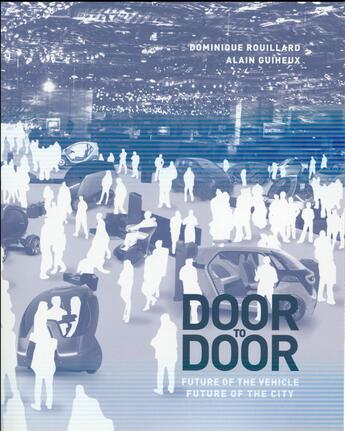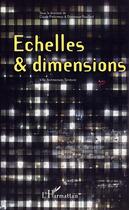-
Date de parution : 07/01/2016
-
Editeur :
Archibooks
-
EAN : 9782357333833
-
Série :
(-)
-
Support :
Papier
Résumé:
Electric/environmentally friendly vehicles that are equipped with embedded digital communication, in the era of intelligent flows and the Internet of Things, are transforming contemporary architecture and the city. Door to Door, Future of the Vehicle, Future of the City rethinks urban... Voir plus
Electric/environmentally friendly vehicles that are equipped with embedded digital communication, in the era of intelligent flows and the Internet of Things, are transforming contemporary architecture and the city. Door to Door, Future of the Vehicle, Future of the City rethinks urban situations, theorizes and imagines future development models and the new architectural programs that stem from them. It proposes and presents "access spaces," the extension- multiplication of"door-to-door"accessibility in six European metropolises and the repair function of these new tools of connected "auto-mobility," solving urban dysfunctions through their use. The parking facility becomes a program of the future for architecture, while the Electric/Environmentally friendly Connected Vehicle (ECV), a tool soon to be automated, neither noisy nor dirty, moves alongside humans, nature and animals in buildings - the sharing of presences and activities in a "large common space." The ECV is the most powerful example of the interaction between the practice of urbanized territories and the ICTs. It is the most incisive marker of the return of the flow model to reflect on the urban space, in a form that is coherent with demand or the commands of the society of exchanges and sharing that has been set in motion: mobility-accessibility has once again become the leading program, the structure of the future. What does the urban space become when access is the most dominant feature? "Accessibility and exchange poles" are transformation systems of urban life, which they reconfigure for more comfort and efficacy. The arrival of these new vehicles consequently accelerates the interference between the urbanism of uses and services and spatial urbanism. On this level, vehicles are the equivalents of buildings.
Donner votre avis









